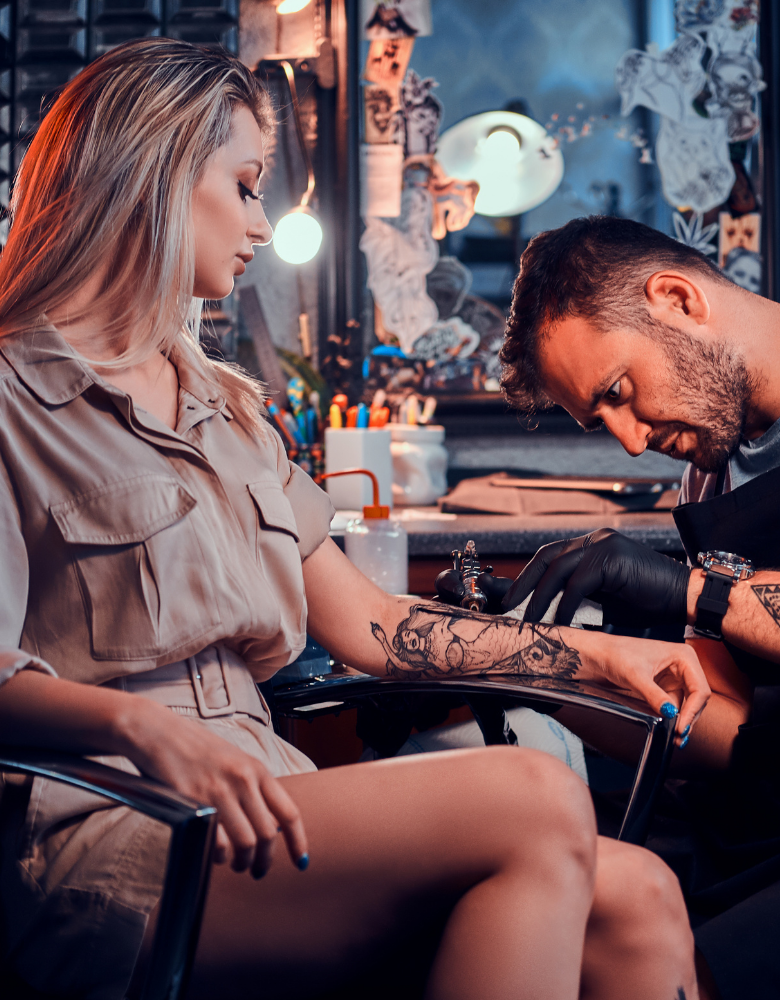

Four Graphic Design Principles That Should Be Always Respected
Balance and Alignment
Every element on a page possesses its weight and visual appeal. The weight can be in the shape of size, color, or even texture. There is no way to place all furniture in one corner of the room. Similar to that, designers must not cram the heavy elements within just one part of their design. If there’s any imbalance, the viewers may feel as if their eyes are playing with them.
Symmetrical design can help create equilibrium by placing equal-weighted components on each side of the centerline. Balanced designs employ different weights (for instance, contrast an element of a large size with many smaller pieces) to make a variable composition but still balanced.
Likewise, symmetrical designs are appealing to the eye, but they can be dull in certain situations. On the other hand, asymmetrical designs are more striking and adept at bringing excitement and moving in a composition.
Contrast
If the design “pops,” it means there is a lot of contrast. It appears to disappear from the page but remains in the memory of the viewer. The difference in a web design creates a distinct space between the elements. The background of a web page must be different from the color of the details to allow them to work to create a harmonious design and make it more readable.
If you are planning to work using contrast, it’s crucial to know the concept of contrast because it shows a proportional font in scale and mass. If all elements are in bold font, the reader will not determine the most crucial aspects.
Most designs that are truly powerful and efficient are ones that employ just one or two typefaces. The reason is that designers can achieve contrast using two powerful fonts or a single typeface available in various weights. However, if additional fonts are in the design, the intention behind the design may be lost.
Repetition
If designers use only two typefaces with solid characters or three dominant colors, they’ll need to repeat a variety of things, and that’s acceptable. Repeating is usually a way to create unity and strength in the design. For example, if just one element of the band’s poster is in blue sans-serif and blue italic, this could be a mistake. However, the three elements of the sign are blue sans-serif font, a pattern that was designed and can alter.
It isn’t only crucial for one printed product. Packaging design today depends heavily on stunning illustrations. So, people planning to start a new business are aware of the need for an appealing logo to display on their website and in the form of business cards, social media, letterhead, and other forms of communication. The brand identity must also repeat.
Proportion
Proportion is the element’s dimensions and weights in the composition and positioning. It is preferential to take the design in sections rather than in a unified way.
A grouping of related items can emphasize their importance even when they are smaller. For example, grouping could be spacing in the lower part of the site details about the event or an additional widget on the website that can be a search bar. If all design elements are correctly measured, carefully placed, and arranged, they will create a proportion. When designers master the balance of contrast and alignment, proportions will come out naturally.



